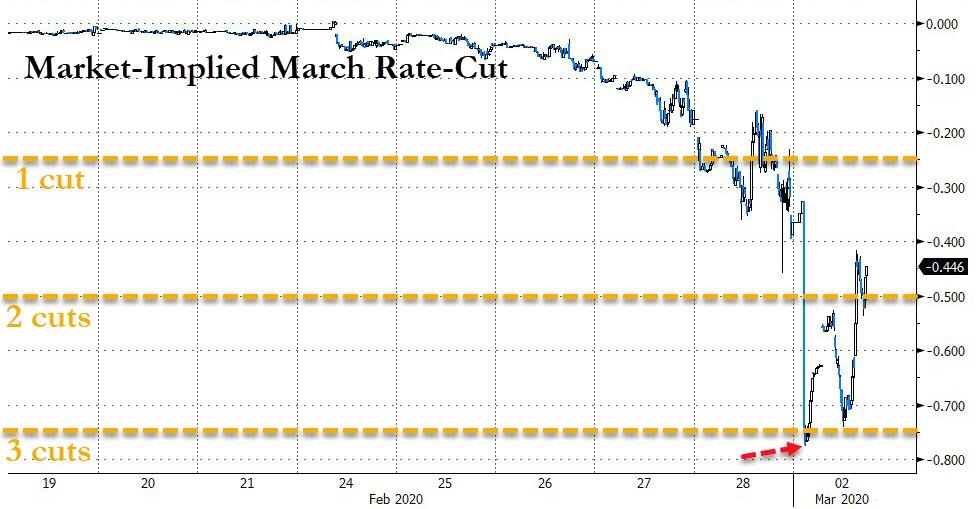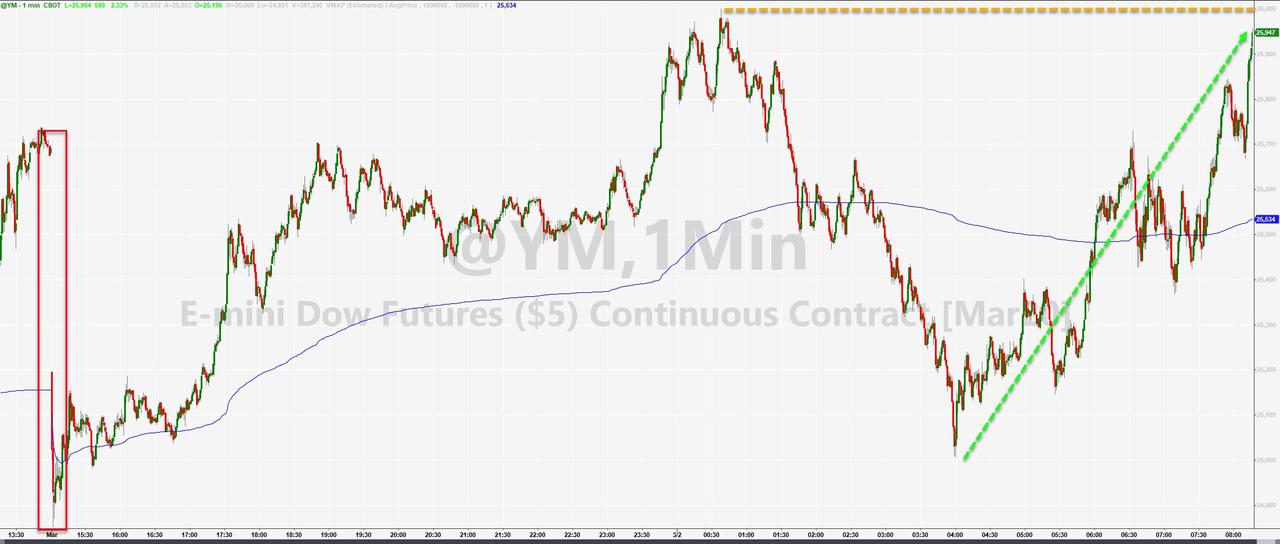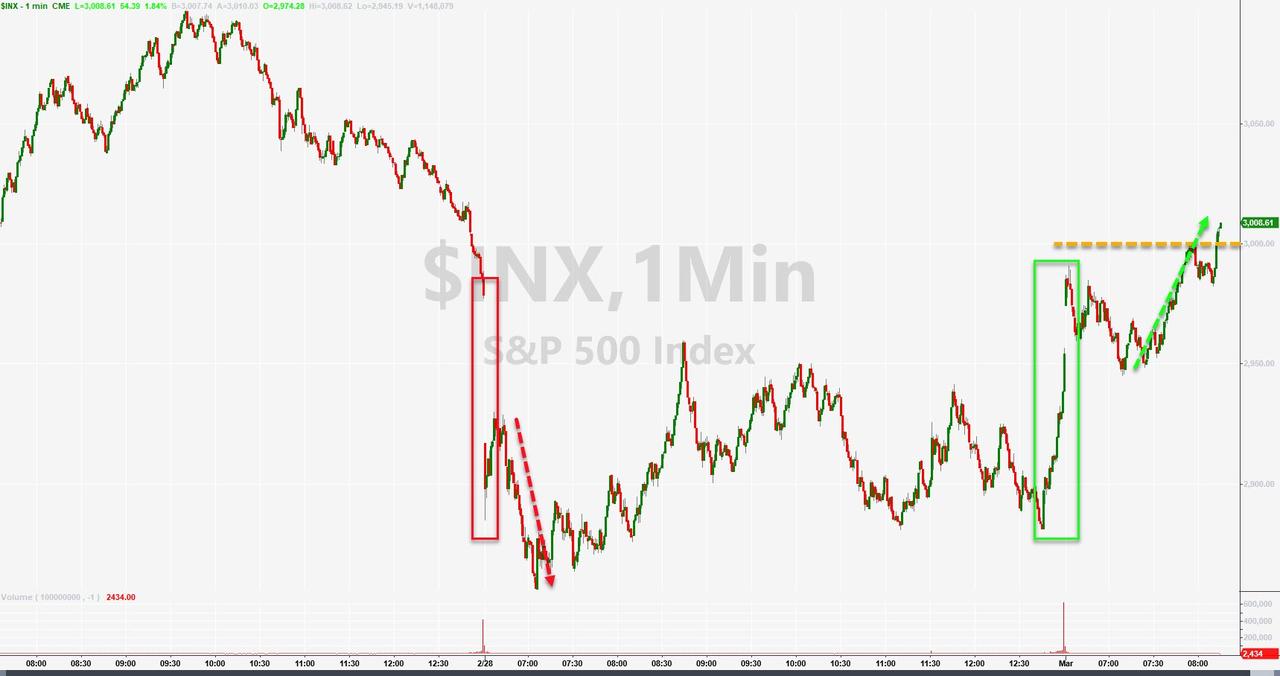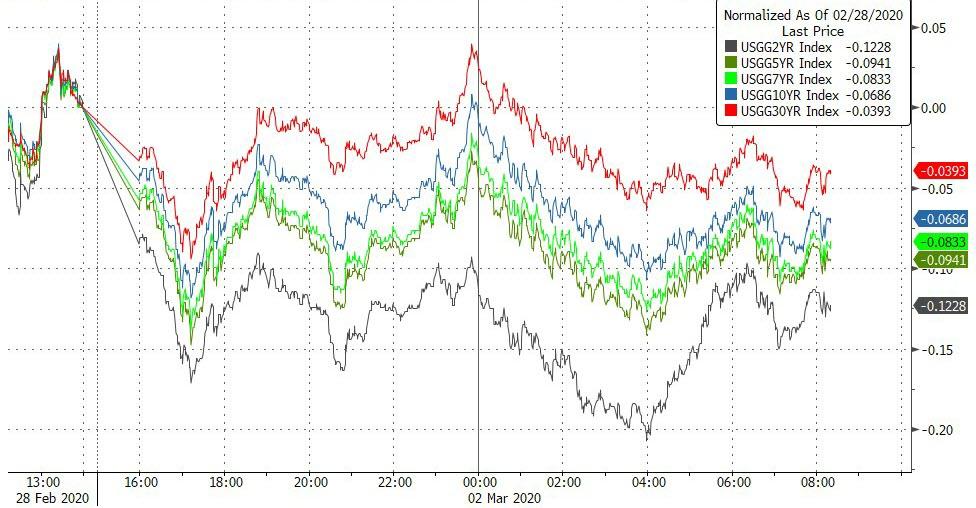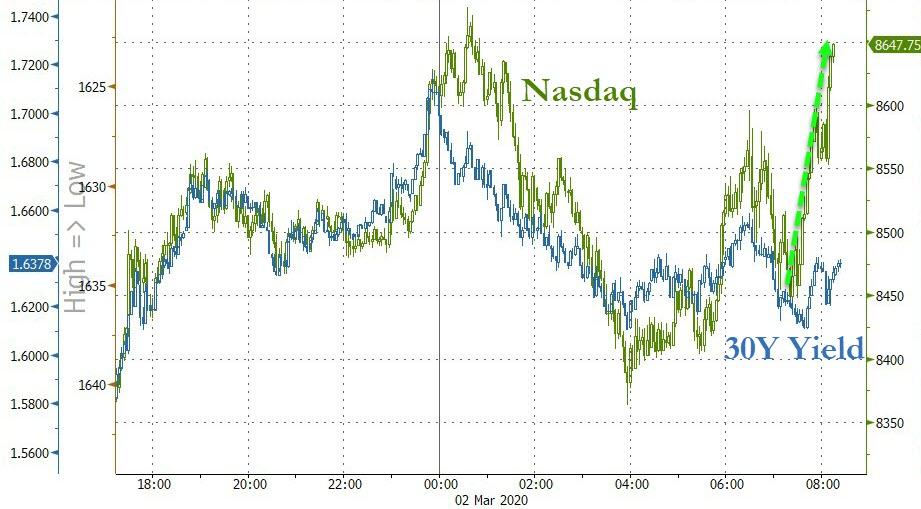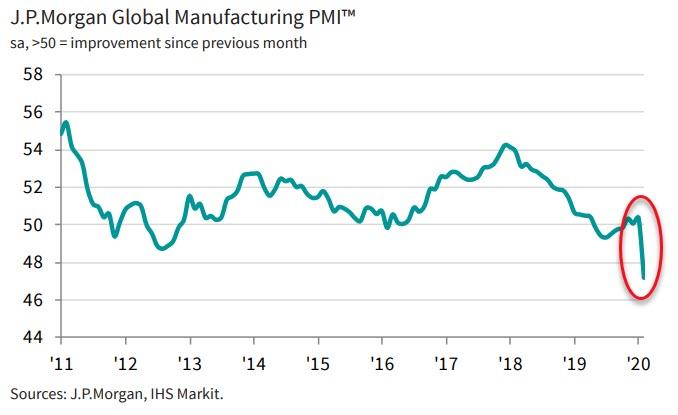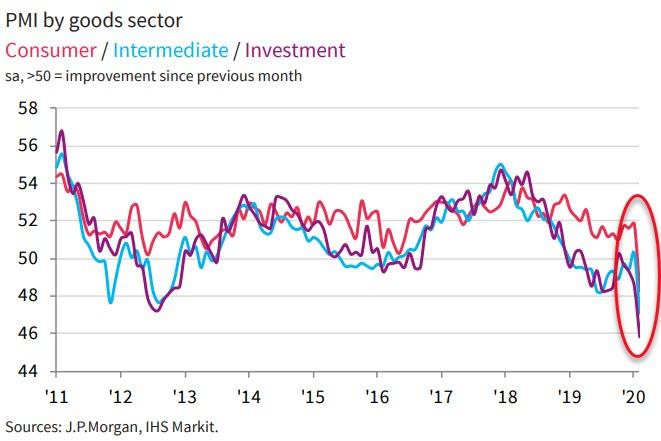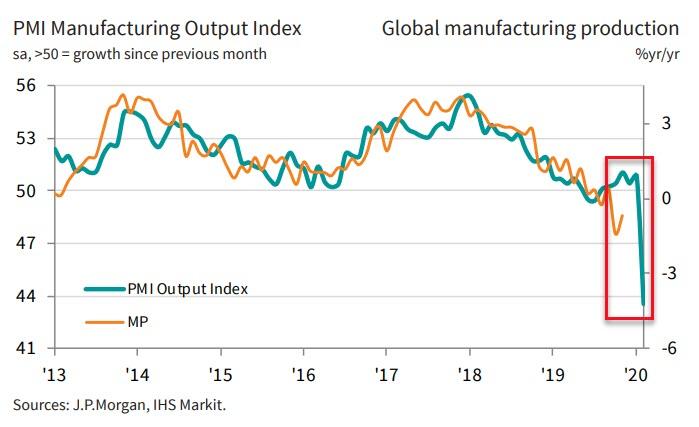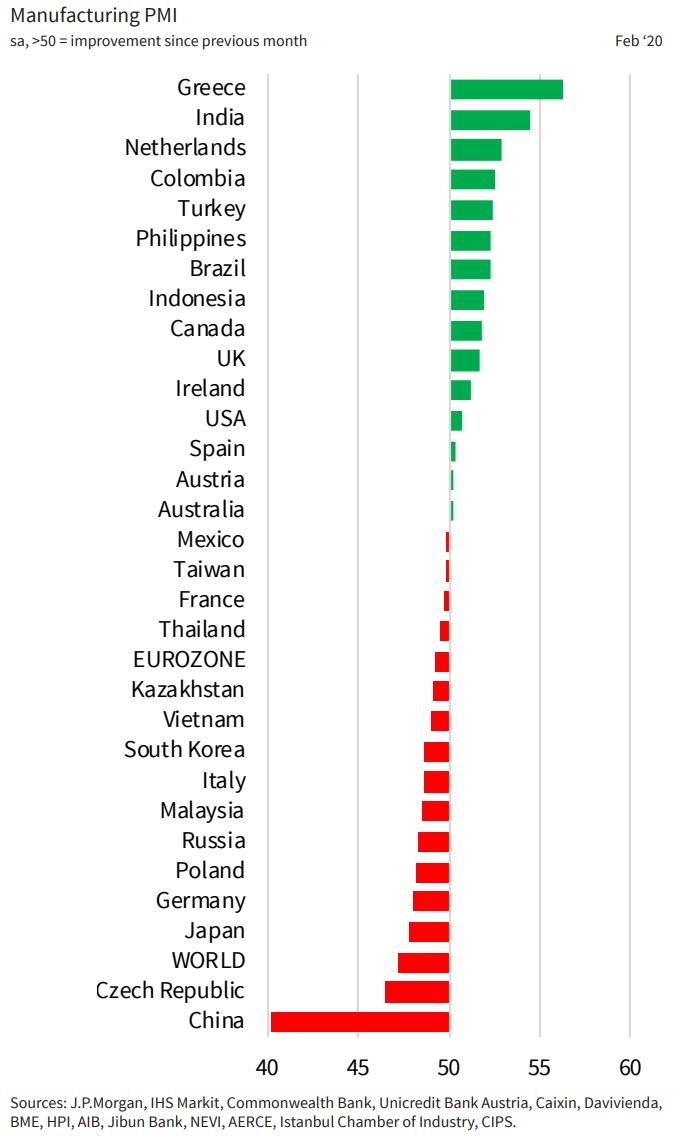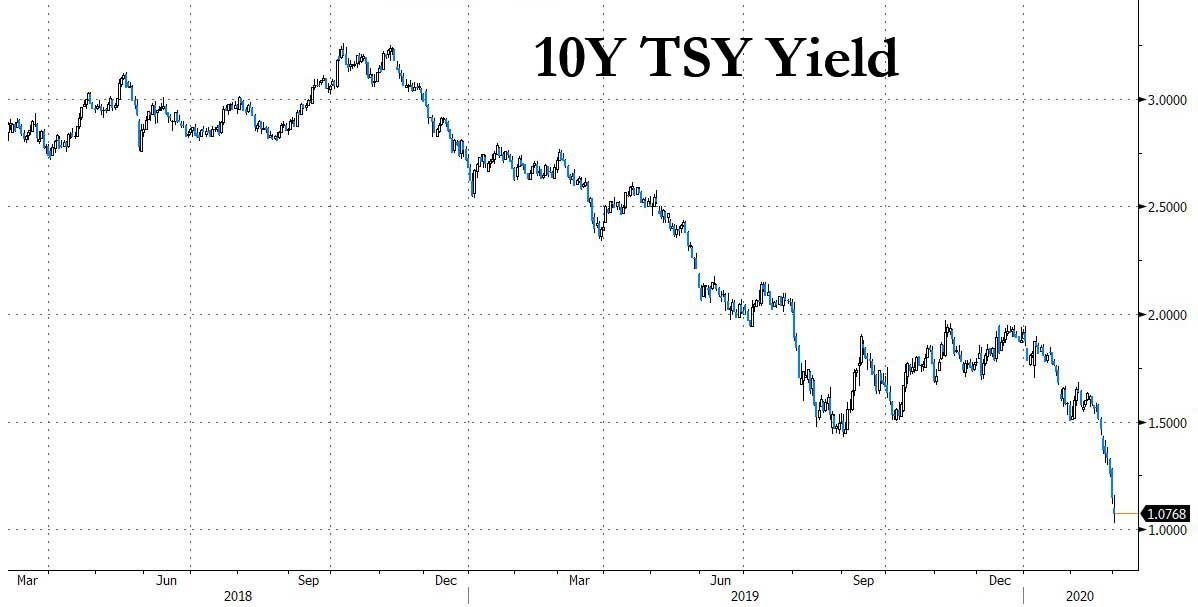American democracy—or, at least, the California simulation of it—requires that even disinterested and actively hostile non-voters mark a ballot so government officials can gin up participation numbers, says Assemblyman Marc Levine (D-San Rafael). Levine has introduced a bill that would make voting compulsory, with civil penalties for the non-compliant. It’s a proposal that seems guaranteed to make disaffected non-voters become even less impressed with a sketchy political process.
If passed, the measure would “require a person who qualifies and is registered to vote to cast a ballot, marked or unmarked in whole or in part, at every election held within the territory within which the person resides and the election is held. The bill would require the Secretary of State to enforce this requirement,” according to the summary.
In defending the bill, Levine points to the 20-plus supposedly healthier democracies around the world that have some sort of compulsory ballot-marking on their law books. The number is a bit vague, since several countries have experimented with mandatory voting, then dropped it, while others implement it only regionally, and still others have it on the books but don’t bother with enforcement.
“Can a country be considered to practice compulsory voting if the mandatory voting laws are ignored and irrelevant to the voting habits of the electorate?” asks the Stockholm-based International Institute for Democracy and Electoral Assistance. “Is a country practicing compulsory voting if there are no penalties for not voting? What if there are penalties for failing to vote but they are never or are scarcely enforced? Or if the penalty is negligible?”
Belgium and Singapore, for example, threaten to punish non-voters by, ummm, not letting them vote in subsequent elections.
Apparently, that all sounds awesome to Assemblyman Levine.
“Democracy is not a spectator sport – it requires the active participation of all its citizens,” huffed Levine in a press release. “California is a national leader on expanding voting rights to its citizens. Those rights come with a responsibility by registered voters to cast their ballot and make sure that their voice is heard by their government.”
“Heard by their government?” But doesn’t refusing to vote say something loud and clear in and of itself? As a form of speech, refusing to cast a ballot would seem to be an expression of disinterest in or opposition to the political system—certainly clearer than scribbling on a ballot just so you don’t have to pay a fine.
That actually happens a lot in Australia, the one country fans of mandatory voting keep citing because it’s a more-or-less functioning democracy with consistently high (over 90 percent) voter turnout and enforced financial penalties for scofflaws. Voter guides in Australia instruct people on the right way to express their disgust and disinterest on their ballots.
“If you leave the ballot paper blank, or fill it out incorrectly, or draw a dick and balls on the page instead of numbering the boxes, then that’s an informal vote. It doesn’t count,” advises the Australian radio current affairs program Hack. “If you number each box in the order that the candidates appear, that’s a donkey vote—and it definitely counts in the overall tally.”
That guide advises grudging voters on the proper way to cast a thoughtless, low-effort donkey vote because Australia offers something that California doesn’t: ranked voting among numerous competing parties and candidates. If your first choice doesn’t make the cut-off, your vote passes to your second choice, and so on, down the line.
California, by contrast, has a top-two primary system, which often results in a general election ballot featuring “rival” candidates from the same party—usually Democrats, given the state’s current political tilt.
“Millions of California voters saw same-party races on November’s ballot and left the space blank,” the Los Angeles Times reported in 2018. Among those races was the U.S. Senate contest between Democrat Dianne Feinstein and Democrat Kevin De Leon.
“This is the system that helped Levine keep his seat in 2018: He defeated another Democrat, Dan Monte,” Scott Shackford pointed out last month.
These kinds of contests, The New York Times insightfully notes, raise “a high school civics class question: should voters have a choice of two different philosophies?”
Nah, says Assemblyman Levine. Make ’em vote, because … because …
Why?
“The bigger the voter pool, the stronger the contract is between citizens and leaders,” insisted economist Dambisa Moyo in an October 2019 New York Times op-ed calling for mandatory voting.
Are we really supposed to believe that the social contract is strengthened by threatening people with fines unless they mail in a sheet of paper with “a dick and balls on the page”?
Levine’s bill says you’re off the hook if you “cast a ballot, marked or unmarked in whole or in part.” He seems content so long as he can to point to a stack of envelopes and crow, “That’s participation! Ain’t democracy grand?”
Rather than reinforce some mythical contract between voters and politicians, mandatory voting would seem more likely to further erode connections and build resentment. “Participate in our bogus process or else” seems designed to sour people on voting and politics, not build enthusiasm.
There may be more to it. Popular belief has it that non-voters lean left, so if you could get them to the polls, you could tilt American elections to Democrats like Levine (economist Moyo alludes to this in her piece). But survey results are iffy on this point.
In the U.S., non-voters generally do prefer Democrats—but not in battleground states, where they lean Republican. And voters are generally split on presidential preferences for the 2020 election: were they to vote, 33 percent say they would support the eventual Democratic nominee, 30 percent would vote for Trump, and 18 percent for somebody else, according to The Knight Foundation’s “The 100 Million Project.”
And what, exactly, would be the advantage in California, where the ballot is already thoroughly rigged? Levine would force more voters to the polls so they could choose between him and clone-him, just to avoid paying a fine.
Mandatory voting isn’t likely to build respect for democracy or make sure that anybody’s voice is heard by the government. But fining non-voters will do an effective job of demonstrating that government is all about forcing people to do things just to make politicians happy.
from Latest – Reason.com https://ift.tt/2TzUqGk
via IFTTT



